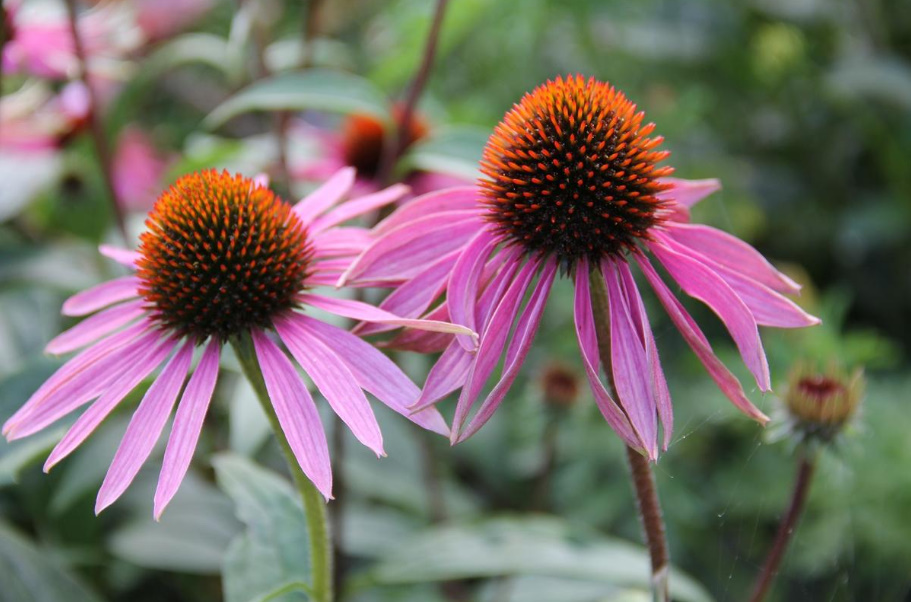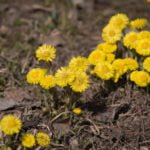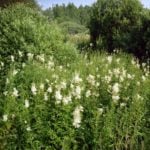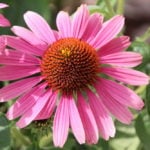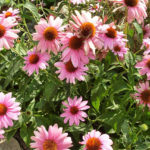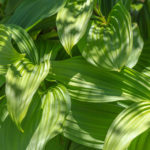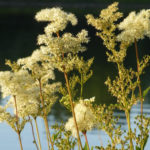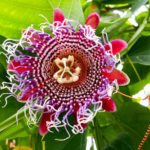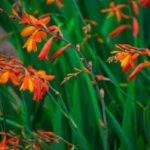Echinacea purpurea is a well—known perennial herbaceous ornamental plant. Various varieties of echinacea adorn flower beds, and although its medicinal properties are also widely known, few people grow and harvest this culture as a medicinal raw material. What is the reason? Perhaps it’s a lack of information? Let’s fix it.
What is the use of echinacea
The main useful property of echinacea is the ability to stimulate the human immune system. This has been proven by numerous pharmacological studies, and today echinacea is used not only by folk medicine, but also by official medicine of different countries for the manufacture of medicines.
Echinacea preparations used in the correct dosage do not have side effects and are used to stimulate and strengthen immunity in various situations:
- for preventive purposes — during flu epidemics, at the risk of colds (including in children over 1 year old);
- with age-related weakening of immune protection in the elderly;
- in chronic inflammatory processes, acute infectious diseases;
- with prolonged use of antibiotics;
- with systematic exposure to adverse factors (radiation, chemotherapy, toxic substances, including heavy metal salts).
In addition to immunostimulating, antiviral and antibacterial effects of echinacea preparations have been established (they inhibit the growth and prevent the reproduction of E. coli, staphylococcus, streptococcus, influenza and herpes viruses), as well as their high anti-inflammatory activity.
Preparation of medicinal raw materials
Active substances are found in all parts of the plant, but most often rhizomes with roots and inflorescences of echinacea are used, less often leaves.
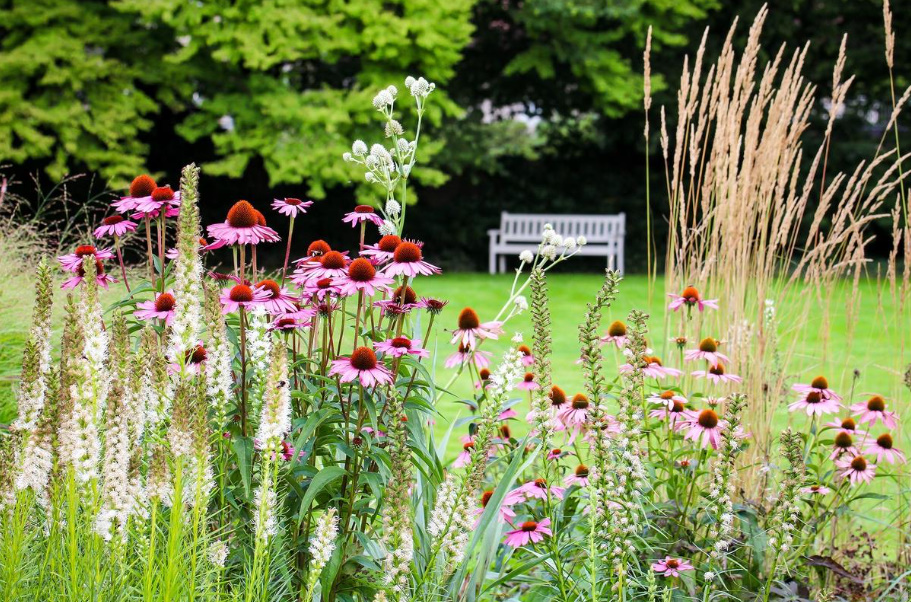
Harvesting of aboveground parts (inflorescences, leaves) is carried out during flowering (in July-August). The collected raw materials are dried in a well-ventilated room or outdoors (in the shade, under a canopy). Rhizomes with roots are harvested in autumn (in the second half of September); it is preferable to use plants of the third or fourth year of life.
The excavated raw materials should be cleaned from the ground, washed with cold water (do not soak!) and dry at a temperature not higher than + 40…+45 degrees to preserve the essential oil.
Application of echinacea
The main dosage form is echinacea tincture; herbal infusions and root decoctions are also used in folk medicine, but they are considered less effective. Tincture from the roots can be prepared at home using fresh or dry raw materials.
Tincture of echinacea roots
Pour the crushed roots with alcohol (95% if fresh raw materials are used, 70% if dry), seal, insist in a dark place at room temperature for 10-14 days, strain. For 1 part of vegetable raw materials — 10 parts of alcohol.
Apply the tincture both internally and externally (with poorly healing wounds, ulcers, boils, abscesses, trophic ulcers). Inside, take courses (from 1 to 8 weeks), 3 times a day, drops, with a small amount of water. The standard dose for adults is 20 drops per reception, for children from 6 to 12 years — 10-15 drops, up to 6 years — 5-10 drops per reception.
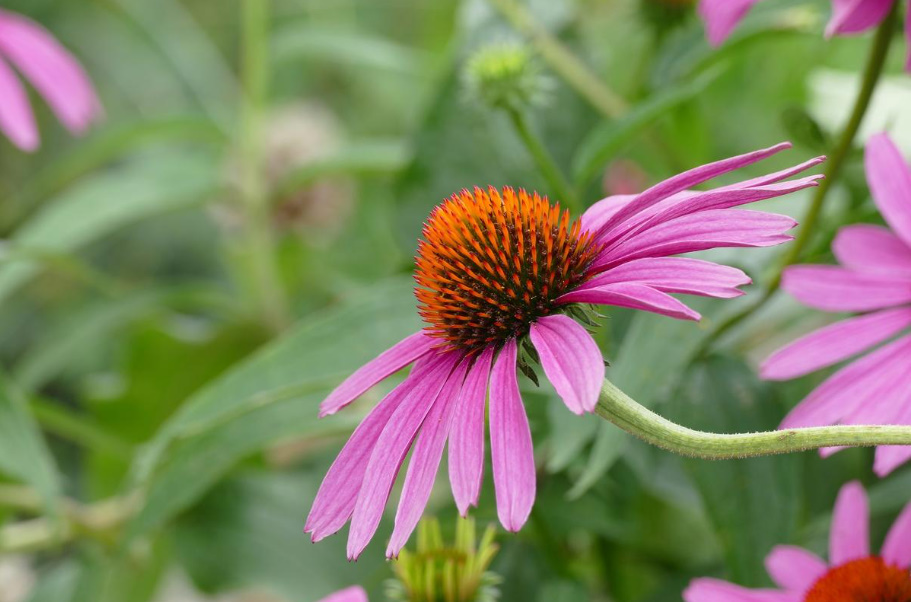
Contraindications to use
Echinacea should not be used for multiple sclerosis, tuberculosis, leukemia. Its reception is contraindicated for children under the age of 1 year. Individual intolerance is possible. If you have any serious acute or chronic diseases, you should consult your doctor before using any echinacea preparations.
